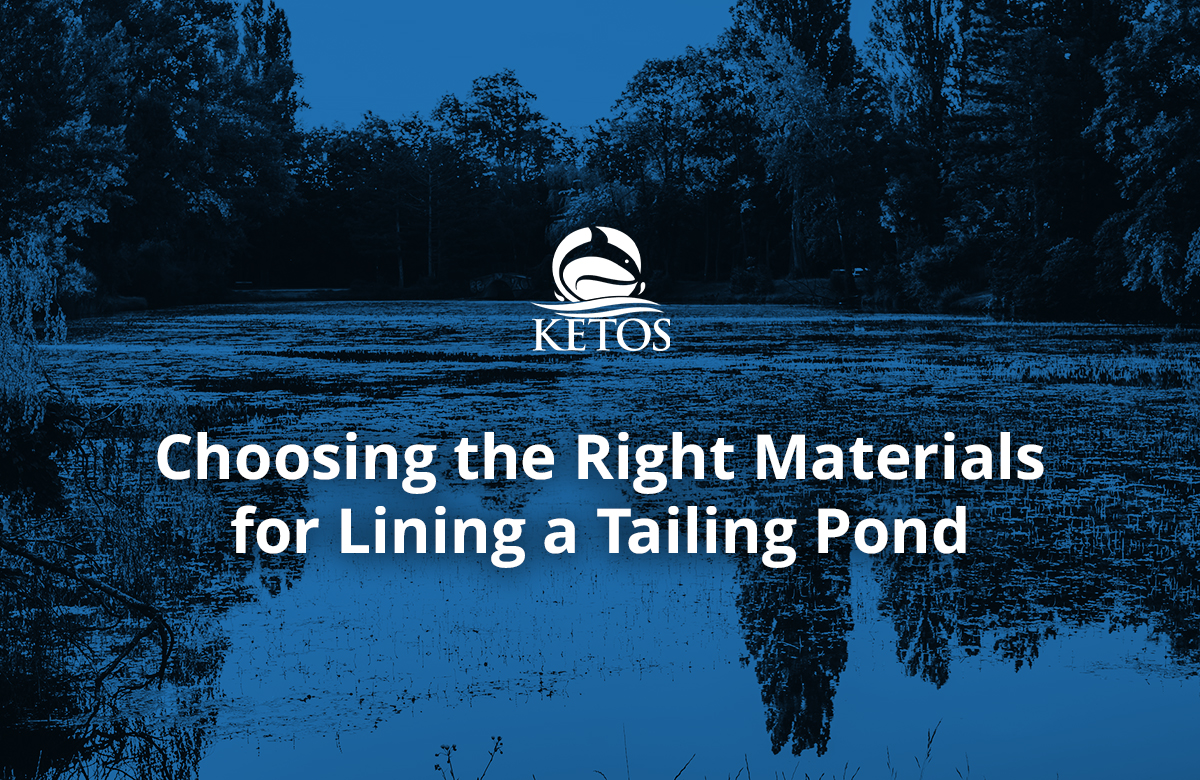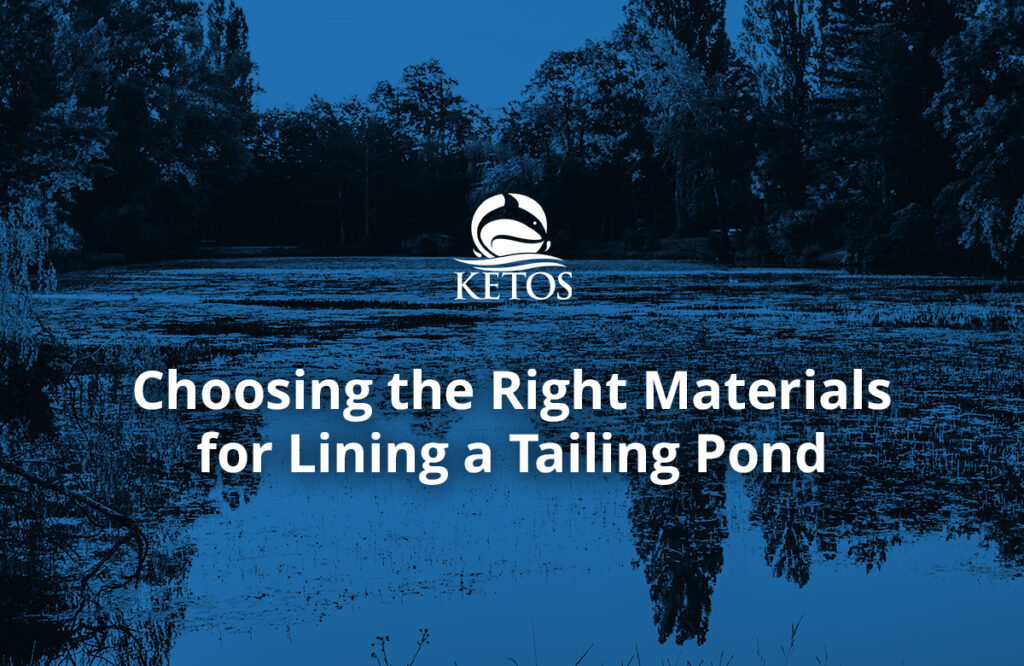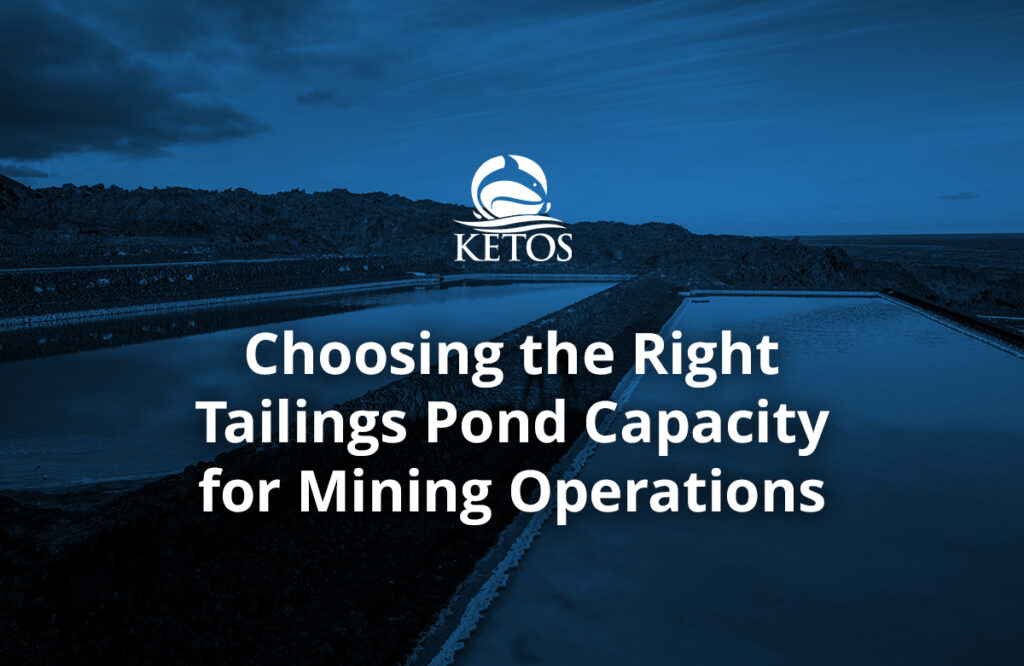Tailing ponds serve as containment systems for byproducts of mining and mineral processing. They play a vital role in storing slurry and other waste, preventing contaminants from reaching groundwater and surface water. But to be effective, tailing ponds must be properly lined. Selecting the right tailing pond lining materials is a key decision that affects both long-term performance and environmental protection.
Why Tailing Pond Liners Are Necessary
Tailing ponds often hold liquids containing toxic heavy metals, fine particles, and chemicals used in ore processing. Without a secure barrier between the waste and the soil, these substances can seep into the environment, posing a serious threat to nearby ecosystems and communities.
A well-constructed lining system prevents seepage, controls erosion, and ensures structural stability. It also helps meet local and international environmental regulations, which are increasingly stringent across mining regions.
Key Considerations When Choosing Lining Materials
Several factors determine the most suitable materials for lining a tailing pond. Each site presents different challenges based on climate, soil type, waste composition, and regulatory compliance requirements. Below are the core elements to evaluate:
- Chemical compatibility with tailings and leachates.
- Resistance to UV rays, punctures, and wear.
- Seepage rate and permeability.
- Expected service life and durability.
- Installation feasibility and cost.
Primary Materials Used in Tailing Pond Lining
There are several options available when it comes to lining tailing ponds. Each has specific advantages depending on project goals and site conditions. The following materials are widely used in the mining industry.
HDPE Geomembranes
High-Density Polyethylene (HDPE) geomembranes are among the most common choices. Known for their chemical resistance and durability, HDPE liners are impermeable and perform well in harsh environmental conditions.
| Feature | HDPE Geomembrane |
| Thickness Range | 0.5mm to 3.0mm |
| UV Resistance | High |
| Chemical Resistance | Excellent |
| Installation | Requires skilled labor and welding equipment |
HDPE liners are suitable for large-scale containment, offering reliable long-term leak prevention. Their low permeability and mechanical strength make them effective in withstanding hydrostatic pressure.
LLDPE and PVC Liners
Linear Low-Density Polyethylene (LLDPE) and Polyvinyl Chloride (PVC) liners are used in sites that require higher flexibility. LLDPE is more adaptable to subsurface movements, while PVC is easier to install but has lower chemical resistance.
PVC liners may degrade faster under UV exposure, which limits their use in surface applications unless covered. However, they remain a cost-effective option for low-risk containment needs.
Geosynthetic Clay Liners (GCLs)
GCLs consist of a layer of bentonite clay sandwiched between geotextiles. Upon hydration, the clay swells and creates a self-sealing barrier that enhances leak prevention. GCLs are often used in combination with geomembranes to create composite lining systems.
These liners offer strong performance against minor punctures and can reduce overall permeability when paired with synthetic membranes. However, their performance can be compromised in areas with high salinity or acidic tailings.
Compacted Clay Liners
Natural clay materials compacted to a specific density can form an effective barrier. While less expensive than synthetic options, they typically require more space and longer construction timelines.
Clay liners have a higher permeability compared to geomembranes, but can still perform well when they are designed properly and are protected from desiccation and cracking.
Composite Lining Systems for Maximum Protection
Combining different materials as a barrier often provides a more resilient solution. Composite systems usually involve an HDPE geomembrane placed over a compacted clay layer or GCL. This dual-layer approach enhances structural integrity and minimizes leakage risk.
A properly engineered composite liner balances the strengths of each material and compensates for individual weaknesses. These systems are commonly specified for high-risk sites, including tailing ponds with high toxicity or long service life requirements.
Leak Prevention Strategies
Beyond choosing the right materials, proper design and construction practices are essential for leak prevention in tailing ponds. Key measures include:
- Subgrade preparation and leveling;
- Eliminating sharp objects that may puncture the liner;
- Ensuring weld quality and integrity testing;
- Regular inspection and maintenance plans; and
- Using leak detection systems beneath liners.
Long-term performance depends on both material selection and attention to detail during installation. Poor execution can result in early failure, environmental damage, and costly remediation.
Environmental Protection and Compliance
Mining operations face increasing pressure to comply with environmental regulations that mandate proper containment of hazardous waste. Regulatory agencies across North America, South America, Africa, and Asia enforce strict standards for tailing pond design.
Reliable tailing pond lining materials are essential for meeting discharge limits and preventing groundwater contamination. Compliance failures can lead to substantial fines, reputational damage, and operational shutdowns.
Tailing pond liners also support broader sustainability initiatives. They help reduce water loss, control dust emissions, and protect surrounding habitats. In some regions, proper lining is a prerequisite for permitting and expansion, making sustainable tailings pond management critical for operational continuity.
Role of Real-Time Monitoring in Risk Management
While lining materials act as a physical barrier, real-time water quality monitoring adds a digital layer of protection. Continuous tracking of influent and effluent can reveal early signs of liner failure or unexpected chemical changes within the pond.
Smart water monitoring platforms allow operators to receive automated alerts, observe data remotely, and ensure proactive compliance. Monitoring supports decision-making and helps avoid contamination events that could compromise community safety or mine operations.
How KETOS Supports Safe and Sustainable Tailings Management
KETOS provides integrated water quality monitoring solutions that empower mining operators to manage environmental risk around tailing ponds. By automating influent and effluent testing, KETOS enables real-time oversight of water conditions that impact liner performance and compliance.
With KETOS, mining operators can:
- Monitor dozens of water quality parameters such as heavy metals, pH, and conductivity.
- Eliminate manual sampling through fully automated testing.
- Leverage predictive analytics to detect problems early and prevent escalation.
- Ensure EPA-compliant monitoring and seamless remote reporting.
- Integrate easily with existing infrastructure and operations.
- Access a $0 CAPEX solution that removes upfront equipment costs.
KETOS delivers actionable intelligence to support long-term water safety, regulatory compliance, and operational efficiency in mining water quality management.
Contact us today to schedule a free demo and see how KETOS can support your tailings management strategy.Transform Water Quality Management: Request Your Demo


